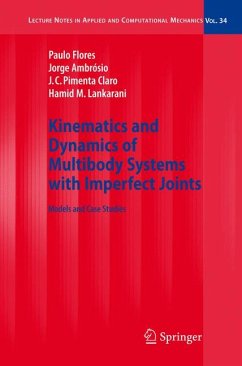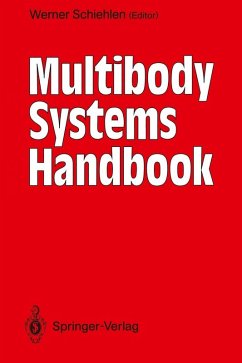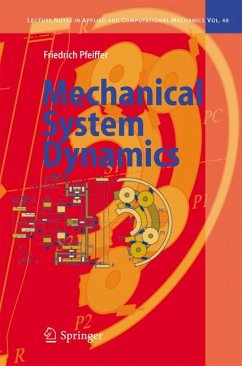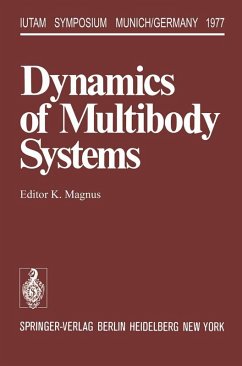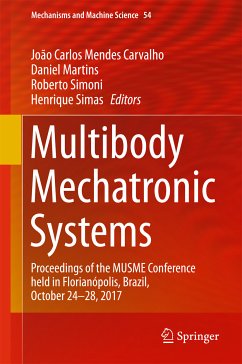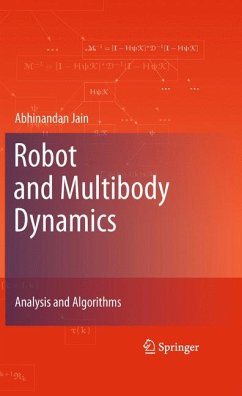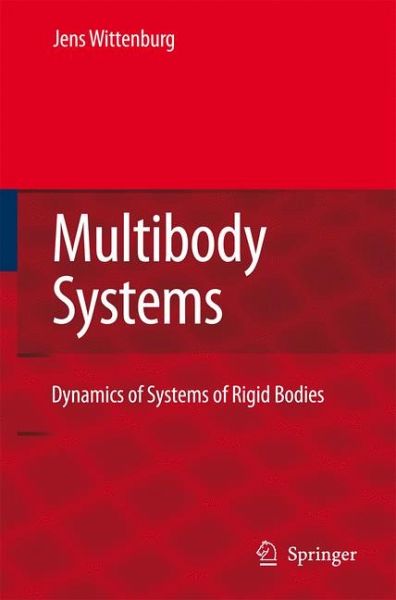
Dynamics of Multibody Systems (eBook, PDF)
Versandkostenfrei!
Sofort per Download lieferbar
72,95 €
inkl. MwSt.
Weitere Ausgaben:

PAYBACK Punkte
36 °P sammeln!
Investigations into the dynamics of a system of rigid bodies require the formulation of nonlinear equations of motion, of energy expressions, kinematic relationships, and other quantities. It is common practice to develop these for each system separately and to consider the labor necessary for deriving e.g., equations of motion from Lagrange's equation, as inevitable. It is the main purpose of this book to describe in detail a formalism which substantially simplifies these tasks. The book addresses advanced graduate students and scientists.
Dieser Download kann aus rechtlichen Gründen nur mit Rechnungsadresse in A, B, BG, CY, CZ, D, DK, EW, E, FIN, F, GR, HR, H, IRL, I, LT, L, LR, M, NL, PL, P, R, S, SLO, SK ausgeliefert werden.




